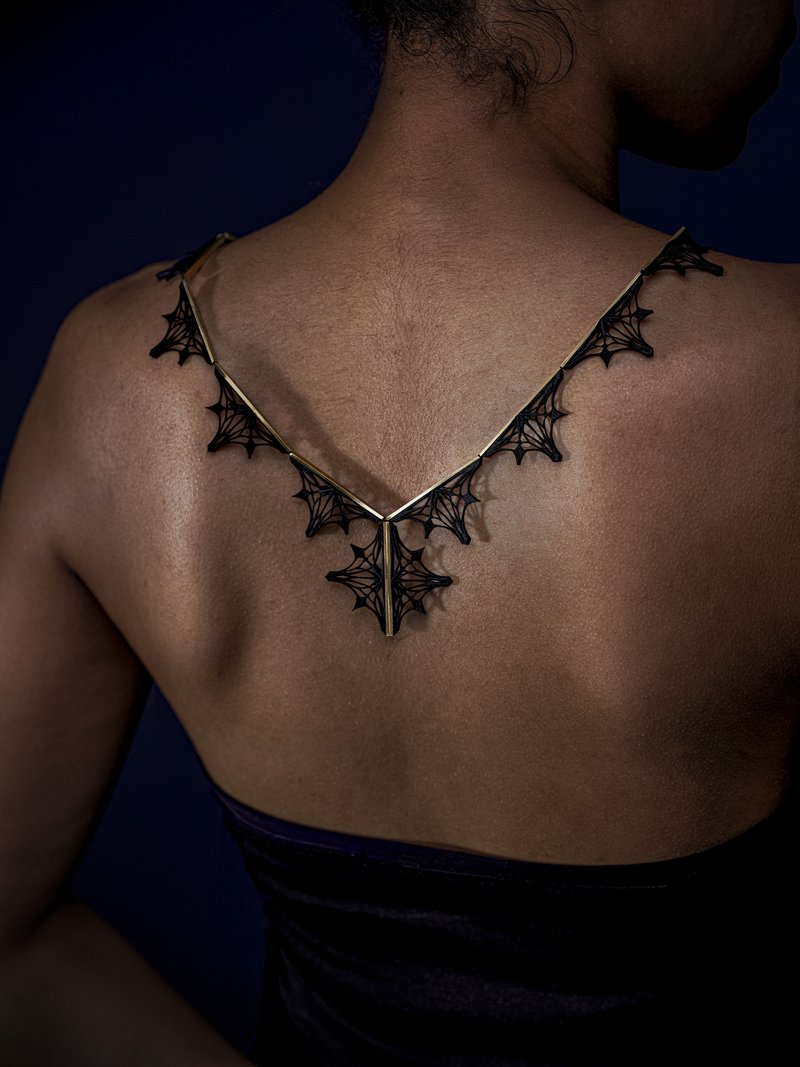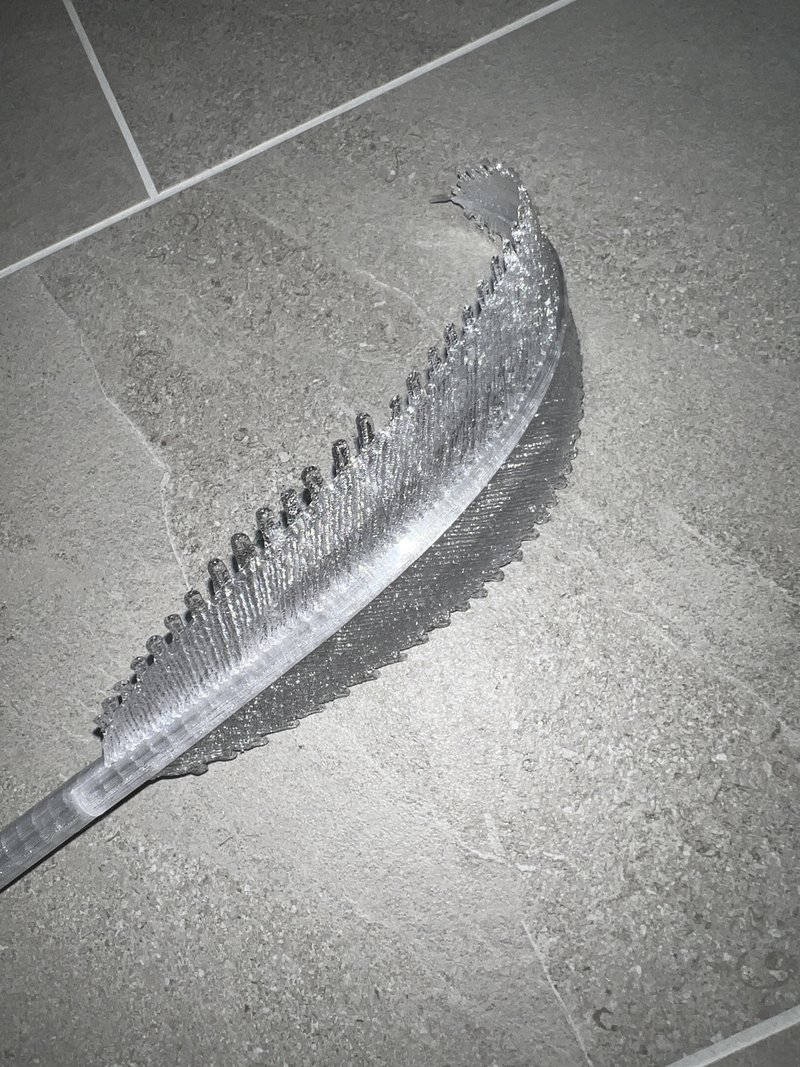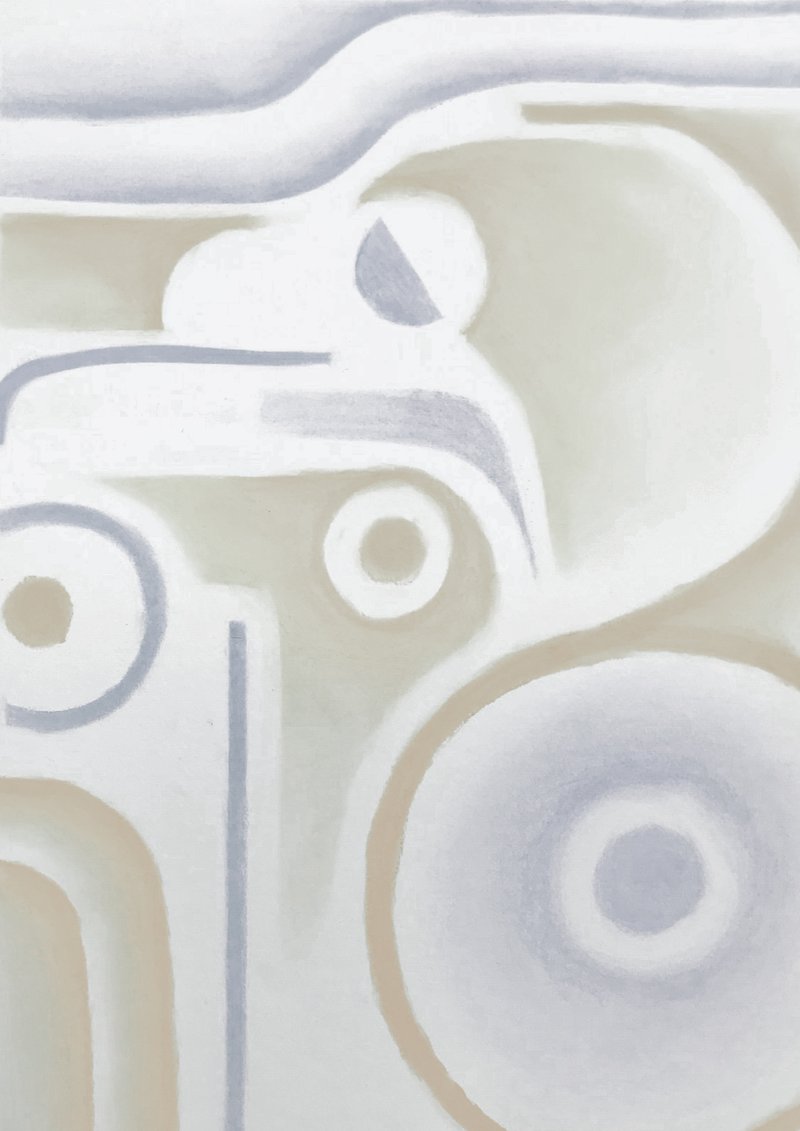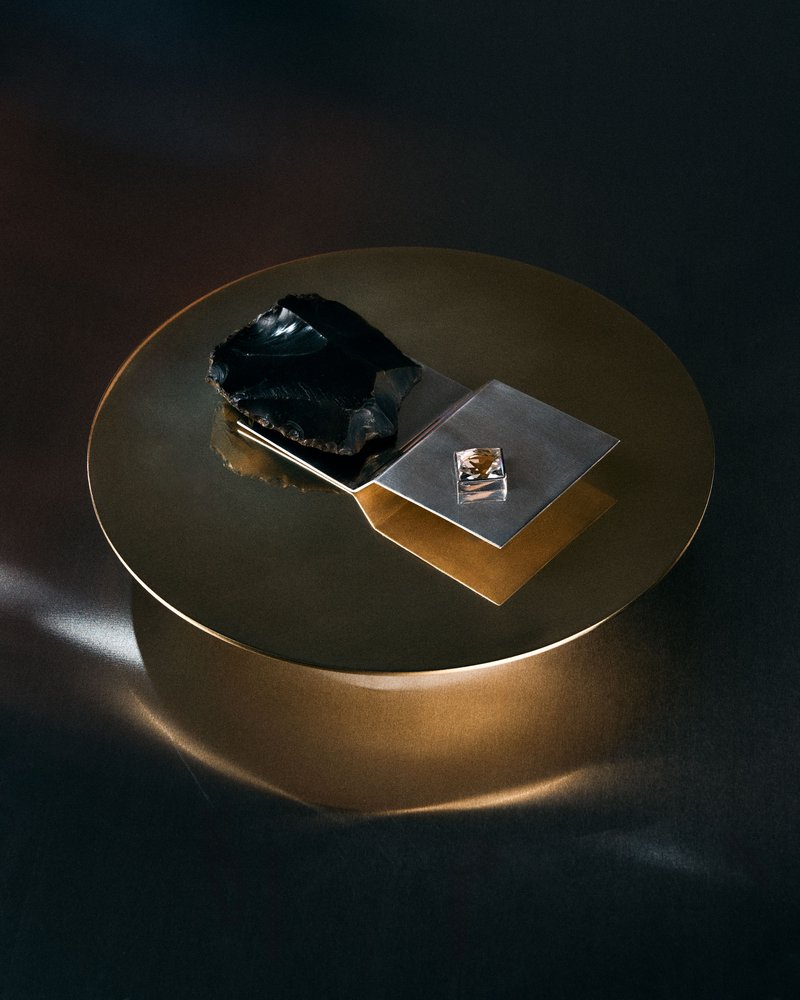L’EPEE 1839 — High-end mechanical clocks manufacture leader in Switzerland
L’Epée 1839 is the only Swiss Manufacture specializing in the design and production of high-end mechanical clocks – an art it has been perpetuating for over 175 years. Today, the Manufacture is situated in Delémont in the Swiss Jura, where several skills essential to the production of luxury mechanical clocks are now united under one roof.
Whimsical, Exquisite, Creative
Designed by Margo Clavier, Hot Balloon embodies the dream of travel and adventure. As her first ECAL project, the collaboration with l’Épée 1839 offered a serious challenge: designing a mechanical clock. After visiting the manufacture in Delémont, Margo quickly seized upon the idea of the hot air balloon, which caused a worldwide sensation when it flew for the first time in 1783. Inspired by the aesthetics of the very first hot air balloons, Hot Balloon is an elegant contrast of visible mechanical parts and a metal parts in a variety of finishes and refined decorations.
Every component of the mechanical clock is designed to resemble the parts of a hot air balloon: turning the basket winds the movement; the burners serve as the escapement; the flame indicates the hour and minutes; and finally, the envelope (the balloon), with its wide openings, lends the piece an imposing transparent, airy aspect.
Hot Balloon_Time Takes Flight: The First Suspended Clock
“To fly, float, glide, navigate in the air, traveling from place to place; to surpass oneself, to go further, higher, faster; or, at a leisurely pace, to take the time to have one’s head in the clouds. L’Épée 1839 has previously included a number of flying objects in its collections, but today it presents the first to have offered mankind the gift of flight: the hot air balloon!”
Immediate boarding on the Hot Balloon, the mechanical clock in the form of a hot air balloon created by L’Épée 1839. This suspended clock follows the brand’s other co-creations – the Vanitas and Arachnophobia wall clocks. Placed simply on a table or suspended from the ceiling as if flying through the air, this kinetic sculpture symbolizes adventure and whimsy while remaining an exceptional mechanical timepiece.
An official partner of l’École cantonale d’art de Lausanne (ECAL), and specifically its Masters program in Advanced Studies in Design for Luxury and Craftsmanship, L’Épée 1839 created this clock on the theme of travel in collaboration with the talented design student Margo Clavier.
Inspired by the hot air balloon and all that it represents – adventure, imagination, discovery, ambition, freedom – Margo and L’Épée 1839 unveil a mechanical clock with impressive, sometimes floating presence which displays the hours and minutes for eight days.
An authentic piece of watchmaking art, Hot Balloon can also be admired from below, just as one might view a hot-air balloon overhead, as is the very first mechanical clock that can be hung from the ceiling.
The clock is set and wound in either position through an ingenious system that combines form and function, design and engineering, precision and durability. To set the time, simply turn the wheel-shaped crown located in place of the balloon’s burner blast valve. Winding the barrel is less intuitive and rather unexpected: the key is the balloon’s basket. Simply turn the basket to power the mechanism.
Full of poetry, Hot Balloon comprises 207 components, all produced in-house at the L’Épée 1839 manufacture, and finished and assembled by hand by a passionate team. The clock, sometimes placed on a table, sometimes suspended, measures 31 cm in height, and 17 cm in diameter.
Hot Balloon was been created in a limited edition of 50 pieces for each model:
Palladium, Black and Palladium, Blue and Palladium, Red and Palladium, or Gold









